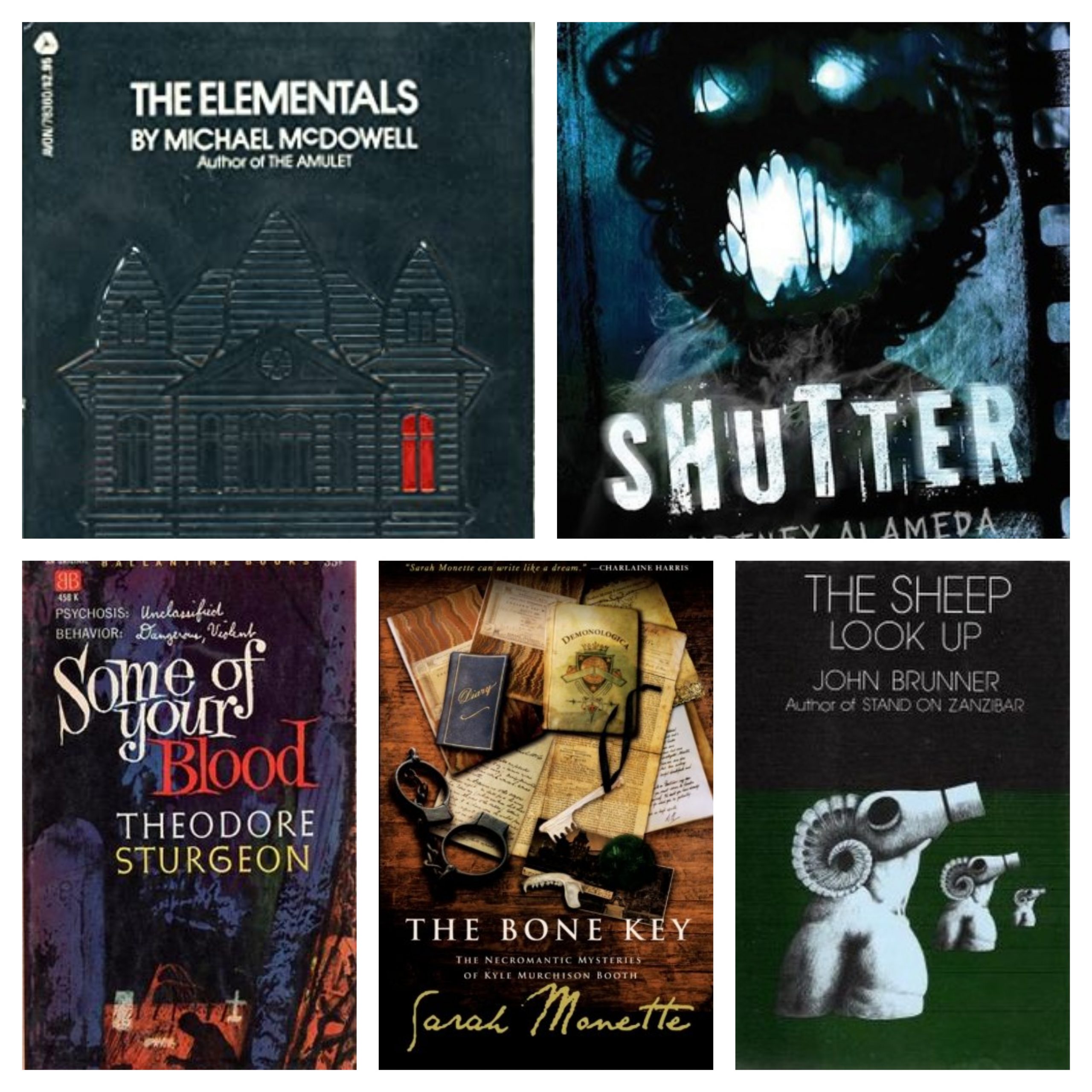In this batch o’ books, we have a couple of really great ones and the rest aren’t too shabby either. Thrill as cult writer Michael McDowell basks in the warm Alabama summer while bringing on the slow burn terror! Watch a Van Helsing with a camera take down some mean spirits! Feel the anguish of a disturbed mind’s dark secret! Gaze at the creepy dread of an introverted fidgety fellow who can’t seem to get away from ghosts! Die inside at the eerie prescience of a non-too distant dystopian future that could very well come true! Hot diggedy dog, folks! Let us not waste any more time in fiddling around in this intro.
For those just joining me, this is my journey through the following “Best of” Horror lists:
Reedsy Discovery Best Horror Books
Stephen Jones & Kim Newman’s Horror: 100 Best Books
Stephen Jones & Kim Newman Horror: Another 100 Books
If you want to check out my previous entries, they can be found here:
Part 18 | Part 17 | Part 16 | Part 15 | Part 14 | Part 13 | Part 12 | Part 11 | Part 10 | Part 9 | Part 8 | Part 7 | Part 6 |Part 5 | Part 4 | Part 3 | Part 2 | Part 1
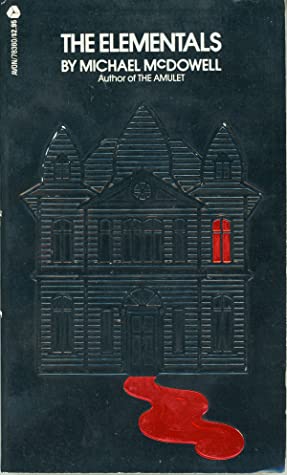
The Elementals (Michael McDowell, 1981)
List: NPR
Beldame, a remote stretch of land containing three luxurious old houses ensconced between a lagoon and the Gulf of Mexico a couple hours from Mobile, AL, is a kind of long-time summer sanctuary for the McCray and Savage families. When the matriarch of the Savage family, Marion Savage dies, it brings long lost McCray son Luker and his daughter India down from their lives in New York to gather with the rest of their families in languid comfort of Beldame’s heat and sand. So much sand. So much so that the Third House (what everyone calls it) is being slowly consumed by a dune encroaching on the vestibule of the house all the way up to the second story. But that’s ok. No one wants to go in that house. Everyone is scared of it. You see, something’s in there. Odessa, the Savage family help, knows more than she’s saying and India gets a little too curious about it. What follows is the dredging up of family history going back generations and an unidentifiable thing that brings nothing but pain and loss.
McDowell is one I had been meaning to get around to reading even before I started this whole mega list business based on the constant praise I’ve heard from people like Stephen King who called him possibly the finest master of paperback originals in horror or something to that effect as well as his co-writing of the Beetlejuice screenplay, a childhood favorite film of mine. Despite the build up, I was not disappointed. McDowell does a tremendous job of building a sweaty oceanside southern gothic atmosphere and taking his time building the characters into a fully fleshed out kind of Alabama dynasty. The otherworldly entities conjured up are grotesque in their descriptions with McDowell applying a liberal amount of imagination in building a truly interesting menace. Both visceral and psychological, The Elementals is easily one of the better horror novels I’ve read for this thing in a while.
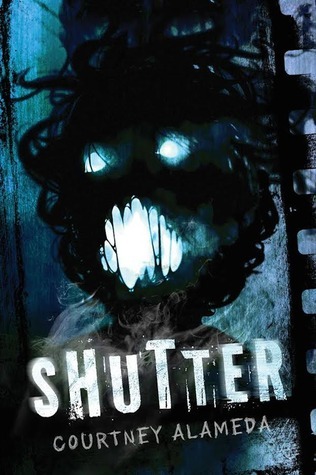
Shutter (Courtney Alameda, 2015)
List: Reedsy Discovery
Micheline Helsing is the daughter of the head of Helsing Corps, an elite ghost and necro-hunting organization descended from the original Van Helsing who fought against Dracula back in the day. She has experienced intense combat training along with her squad to fight off the denizens of the dark. When she and her boys get dosed with a mysterious black ectoplasmic smoke that causes cursed ghostlight to start forming within them, slowly squeezing their souls to death, she has to seek the spirit that cursed her before it’s too late.
This one is a teen-targeted novel that triangulates somewhere in the middle of Buffy the Vampire Slayer, the anime/manga Hellsing and Resident Evil. The title originates from Micheline’s primary weapon against ghosts, a camera. It film seeps the ghostlight from them or something and can be amplified by mirrors. I feel kinda mixed on this one. The pacing is solid and propulsive with strategically paced action and horror sequences throughout to keep up attention. Partially this is to distract from the random exposition dumps and thin characterizations. Micheline’s crew is super one-dimensional. You’ve got the hunky Australian she’s in love with that seems to have no personality at all. You’ve got the nerdy friend who is good with gadgets. You’ve got the loud-mouthed sleazeball with a heart of gold. It’s all fairly predictable. Like a lot of YA fiction, the teens here are FULL of angst too. Micheline is so damned whiny at times that it gets pretty irritating. She also just makes a LOT of bad decisions for someone who is supposed to be top of her class. Still, it does do the horror sections pretty well with monstrous zombie mutant scorpions and what not. As far as horror for this target audience goes, I’ve read better and I’ve read worse.
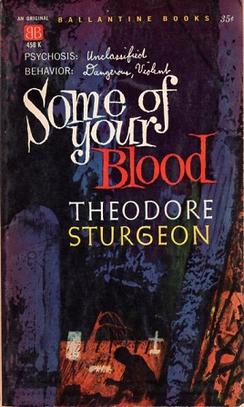
Some of Your Blood (Theodore Sturgeon, 1961)
List: Jones/Newman
We begin with the novel teasing us, daring us to read a “fictional” case file. This file is on “George Smith”, a soldier recently brought in on a psychiatric evaluation after punching a superior officer. It starts with asking George to write them a story, a story of how a troubled man came to the point that he did. So we’re given a third person account of the life of George Smith, a peculiar child with a troubled upbringing. The narrative he provides seems fairly straightforward at first, but the doctor performing his evaluation isn’t satisfied and wants to dig deeper. What he finds is something both disturbing and tragic.
Theodore Sturgeon is more widely known as an acclaimed sci-fi writer, but he’s turned out some impressive, flesh-crawling short horror fiction as well as a couple of longer works including this fascinating, cleanly written character study that gets under your skin. While some have tried to pivot this as a vampire story and I do think Sturgeon has nods to it at times, it isn’t that at all. It’s about a man who likes to hunt who channels his anxieties and insecurities in particularly unhealthy ways. Oddly enough at times it also has a dark sense of humor to it, especially in the correspondence between the psychiatrist and his superior. Overall I liked this one quite a bit. The prose is sparse but eloquent and the format of a series of written exchanges and transcripts works to slowly peel the onion of George’s psyche. It isn’t a scary book really at all but is still interesting and worth checking out.
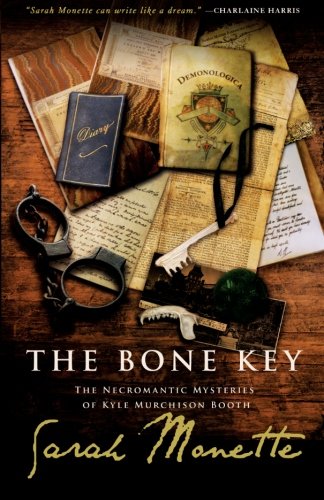
The Bone Key (Sarah Monette, 2007)
List: NPR
Kyle Murchison Booth is a tall, gangly, introverted young man with prematurely white hair whose work as an book archivist leads him afoul of all manner of cursed tomes, restless spirits and strange occurrences that sends him into stammering and anxiety attacks. Through the loosely interconnected stories that comprise this volume, we get to know Booth more intimately, learning about his family past, the tragic loss of his best friend and his secret loves. Monette professes in the introduction her unabashedly adoration and influence of H. P. Lovecraft and M. R. James on these stories, and it certainly shows in the structure and themes of Booth’s misadventures. Booth is very much a character out of “The Statement of Randolph Carter” and many of the ghosts he comes across feel like the sorts that haunt the tales of James. Also like James, Booth very much lacks an aggressive agency, often pulled into the events against his will through happenstance, often by crossing paths with a cursed object like a vanity or a grove of trees or staying in a ghostly location like a convalescent hotel.
Booth is a rather unlikely protagonist and is at times somewhat (I’d imagine intentionally) frustrating to follow with how passive he is. Still when he does finally get around to mustering up a little grit to do what’s needed, his actions are at times admirable. I did like that he wasn’t always successful though, showing a fallibility not often seen in an on-going lead like this. Another thing I appreciated is that while Monette wears her Lovecraft and James influences on her sleeve, she reigns her prose in admirably as compared to her idols who were at times prone to overly flowery, loaded vocabulary. Monette’s writing style is sophisticated but clean and while the pacing of some of the stories could’ve been improved a little, overall this was an easy and pleasant read with some nice atmosphere at times.
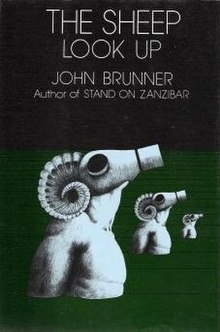
The Sheep Look Up (John Brunner, 1972)
List: Jones/Newman
Poison is in the air. Poison in the food. Poison in the minds of those in power. It’s the near future and the United States is crumbling. The air in many major cities is so thick with toxins that the residents must wear air filters to go outside. Corporations look after their own self-interests while partnering with unfeeling right wing politicians only capable of snappy zingers that help their image. Manufactured nutrient rich food sent to Honduras to feed the poor and starving has caused rampant madness. The oceans are trashed. Acid rain pours from the sky. Many animal species are dead or dying out. Austin Train is a man who has tried to warn the populace of the dangers but was disregarded and has retreated into anonymity. Despite that, social unrest has started brewing among followers of his ideals, these Trainites. The novel takes place over the course of a year. Is this how the world dies?
Yes, this book is talking about ISSUES in all caps and isn’t subtle about it. But at the same time, this near future dystopian picture it paints really seems pretty spot on in a lot of ways as to where we are going as a society. The book flits from macro to micro perspectives, covering a lot of ground over the course of the novel. This leads to what I think is something of a lack of a narrative focus at the expense of world building, which is at its core what Brunner I think is aiming for. He wants to show us our future, the environmental horror that awaits a nation in the face of apathy and selfishness. I did find my attention drifting at times at the dry and pragmatic prose delivered in an unvarnished newscaster way. Having said that, the book does escalate quite nicely with the last third of the book really capturing the “burn it all down” spirit at its heart. It’s a cautionary tale with a strong sense of presence that could probably use more focus but still does what it sets out to do.

